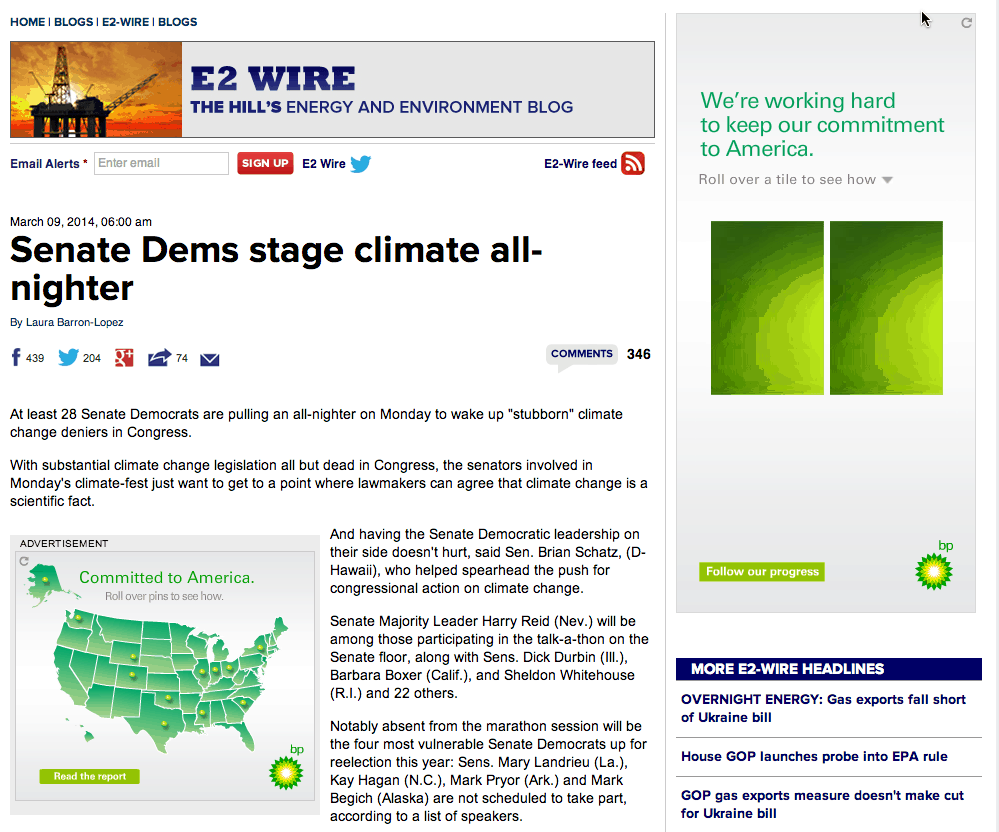ANS 2015 Plenary Talks – Part 5 Scott Tinker, Texas state geologist and star of the documentary “Switch”
Scott Tinker, Director, Bureau of Economic Geology and creator of Switch was the final speaker during the plenary session on June 8, 2015 at the American Nuclear Society (ANS) annual meeting.
As usual, his talk was face paced, well delivered and full of important information about energy. His segment about the challenges and opportunities associated with producing oil and gas from tight reservoirs like shale rock should be particularly new and useful to listeners from the American Nuclear Society and the Atomic Show podcast.
This is one of my favorite quotes from the talk.
You’ll hear people say, “If we just had the political will, we’d be fully renewable.” Smart people have said this. Well, there’s thermodynamics, kinetics, economics… And there’s materials, scale… There’s a lot of things besides political will that drive our resource behavior and always will.
Tinker emphasized four measures of effectiveness for energy alternatives. Available, affordable, reliable, sustainable. Those are quite similar to the four measures that Tom Fanning from Southern Company lists as the most important features — clean, safe, reliable, affordable — to qualitatively evaluate when making big energy system decisions.
They are the measures that determine which sources merit significant investment and development.
Tinker’s evaluation puts two sources at the top of the heap — natural gas and nuclear. In that way, he has a lot in common with Robert Bryce, who has written favorably about N2N – natural gas to nuclear.
Podcast: Play in new window | Download (Duration: 30:28 — 27.9MB)
Subscribe: RSS



Rod I wish we’d had more time to experiment together with audio capture during the SMR conference I finally got to meet you at. But here’s a suggestion with me guessing how a typical conference might work.
Keep doing what you’re doing now. This is extra process for extra equipment. I’m assuming you’re audio-capturing at a seat in the audience, with your recorder on the table.
In addition to that, use 2 Clip devices to capture audio, one then the other one… alternating.
At the start of the first promising presentation, take #1 and place it close to a speaker (loudspeaker). Frequently they’re speakers on poles with cables running out the back. Just tape it to the pole or clip it to a wire running up the pole. Closer to the speaker, better the sound. But not on the speaker top. Leave it running. Return to desk and do usual stuff.
Eventually an interesting talk ends, or there’s a sound-bite you want to focus on. So at the desk, pull out #2 and start it up. So up the speaker and attach #2, retrieve #1. Hit power button on top of #1 few times to stop recording. Return to laptop, plug in #1, and move all data to laptop.
Then you can isolate that sound-bite from #1 while #2 is still capturing the next sound bite. Or full lecture. But now you basically alternate between #1 and #2 with a very tight production cycle, during the conference itself.
You can’t do this with a single audio capture device, because the moment you hear a key statement and want to work with it, your device is still busy capturing.
So, as an experiment, I suggest using the cheap Clip devices (in parallel with whatever you’re already using) to try a super-tight production cycle during the conference itself. If the audio is “roomy” or the Clip placement too close to speaker, you’ll notice and can work with it next time you swap Clips next to speaker. It could become an iterative process which is refined over the course of a single conference.
@Gordon
Your process would work if I had an assistant. A major part of my process while attending conferences is listening closely so that I can ask pertinent questions and engage in hallway conversations.
I don’t even carry a laptop; I’ll tweet a bit from my tablet.